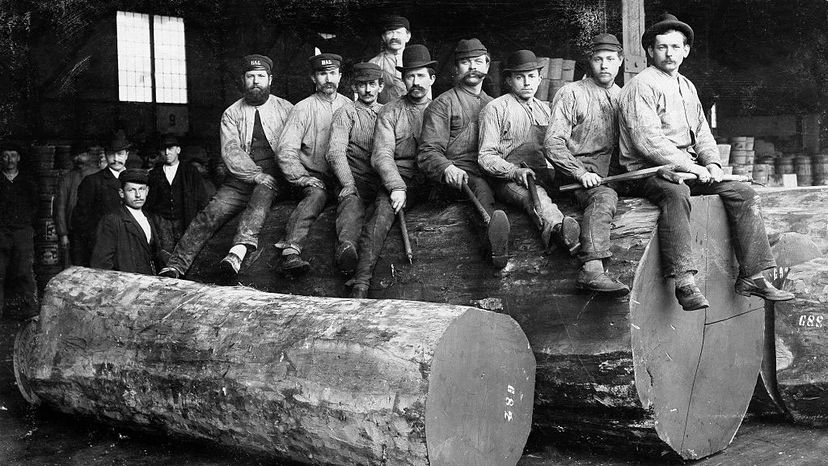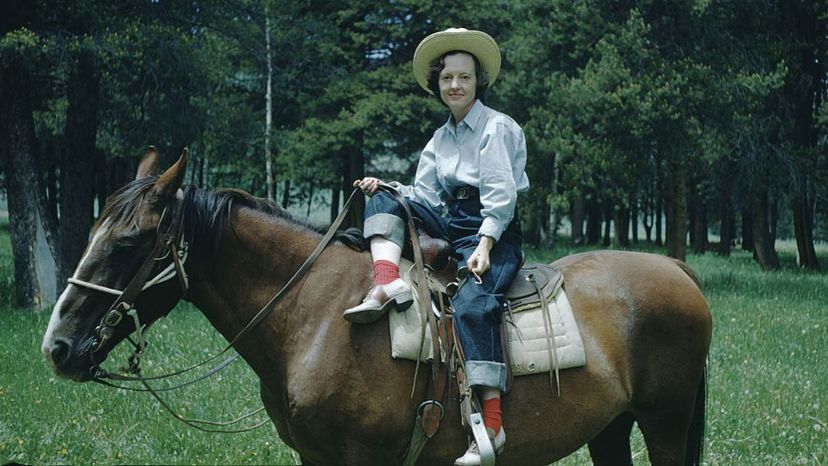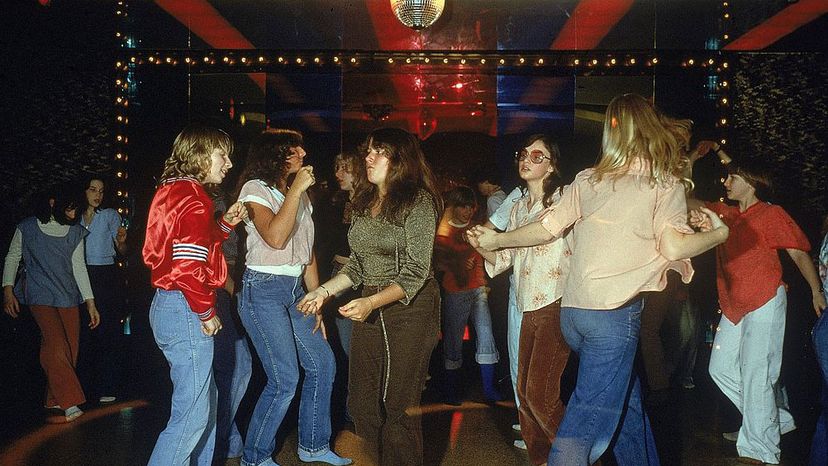The words "jeans" and "denim" come from two European ports that had been making similar fabrics since the Middle Ages. In Nimes, France, weavers had been trying to reproduce a cotton corduroy made famous in Genoa, Italy. They instead came up with their own sturdy fabric, called "serge de Nimes," later shortened to "denim." This was the material Strauss and Taylor used for their jeans. The threads of this fabric were dyed indigo because, unlike most natural dyes, indigo binds to cloth's threads externally. So, every time the fabric is washed, some of the dye molecules — and the thread — are stripped away. This process softens the rough fabric and makes the jeans more comfortable over time, not to mention more form-fitting. Nowadays, synthetic indigo is used.




